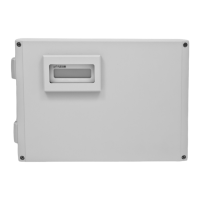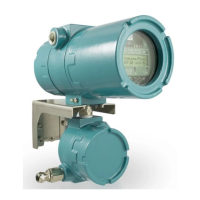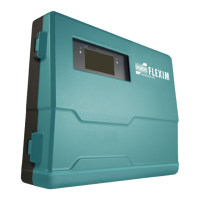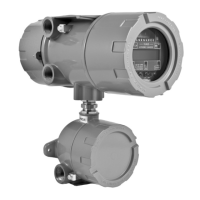3 General principles
FLUXUS F60* 3.1 Measurement principle
15
UMFLUXUS_F60xV5-0EN, 2017-10-16
3.1.2 Measurement of the flow velocity in the TransitTime mode
The signals are emitted and received by two transducers alternatively in and against the
flow direction. If the fluid is flowing, the signals propagating in the fluid are displaced with
the flow.
This displacement causes a reduction in distance for the signal in flow direction and an
increase in distance for the signal against the flow direction of the receiving transducer,
see Fig. 3.1 and Fig. 3.2.
This causes a change in the transit times. The transit time of the signal in flow direction is
shorter than the transit time against the flow direction. This transit time difference is pro-
portional to the average flow velocity.
The average flow velocity of the fluid is calculated as follows:
v = k
Re
· k
a
·
where
v – average flow velocity of the fluid
k
Re
– fluid mechanics correction factor
k
a
– acoustic calibration factor
∆t – transit time difference
t
γ
– transit time in the fluid
Fig. 3.1: Sound path of the signal in the flow direction
c – sound speed
1 – transducer (emitter)
2 – transducer (receiver)
3 – pipe wall
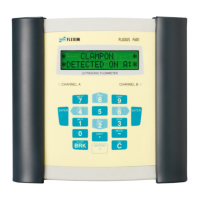
